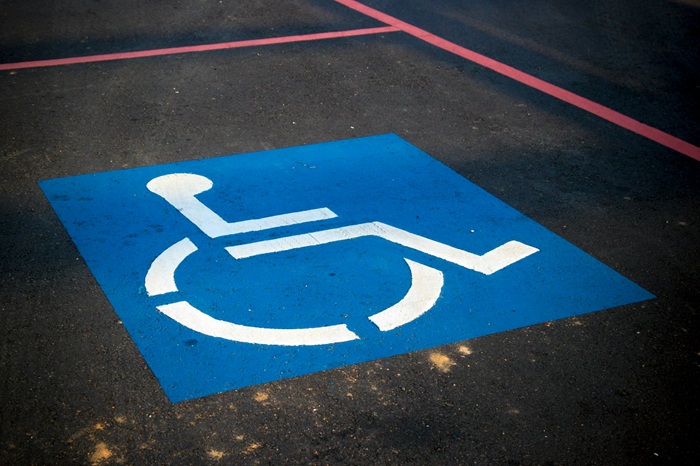Act No. 424/2023 Coll., which will come into force on 28 June, transposes the requirements of the European Directive on the accessibility of products and services into Czech law. Its aim is to improve the accessibility of technologies and services for persons with disabilities and other users with limited device control capabilities. From the perspective of (not only) paid television services, the law affects not only end devices, but also the platforms themselves that provide access to audiovisual content.
Pay TV providers will therefore have to ensure, for example, that their services are also accessible to users with various types of disabilities. This applies, for example, to making electronic programme guides, controls in applications and access to services via screen readers accessible. The changes apply to operators of internet (IPTV) and cable services as well as hybrid (OTT) platforms and their mobile applications. Manufacturers of devices such as set-top boxes will have to ensure their accessibility at the design stage.
The obligation also applies to distributors and developers
The obligation to ensure accessibility applies not only to providers themselves, but also to distributors, importers and software developers. For example, if an operator finds that its application is not fully accessible, it must remedy the situation or, if necessary, withdraw it. Micro-enterprises that employ fewer than 10 people and whose turnover or assets do not exceed EUR 2 million, approximately CZK 50 million, are exempt. The law also does not apply to certain specific machine-to-machine data transmissions.
The entities concerned had two years to prepare for the changes and adapt their products and services to comply with the legislation. Implementation may include modifications to the user interface, ensuring compatibility with assistive technologies or expanding customer support. For paid TV services, this means investing in accessibility development and testing. The exact scope of obligations will be determined by technical standards and methodologies based on common European specifications.
Menu reader, font enlargement or contrast enhancement
The implementation of this directive was discussed, for example, in an interview for Digitalk by the head of television content at the operator T-Mobile (Magenta TV), Daniela Zahradníková. ‘There is a whole range of things we need to prepare. The regulation is quite strict in terms of what we have to do and what customers can adjust in the app to make it easy to use. For example, customers should be able to enlarge fonts, increase image contrast, or have a reader for the blind read what is in the menu,’ said Zahradníková.
This will undoubtedly be a welcome innovation for disabled customers, but it may sometimes pose a considerable problem for individual market players. ‘It seems like a simple thing, but these are quite complex changes for the development of the app and the code itself,’ added the head of TV services at T-Mobile. This new feature also involves the selection of content, for example for video libraries, where hidden subtitles or audio descriptions need to be offered, as has been the case for some time in terrestrial broadcasting.
Experiments with artificial intelligence
Artificial intelligence can play a key role in meeting the requirements of the new law on the accessibility of products and services, especially in the area of pay TV and video libraries. As already mentioned, operators are faced with the task of adapting user interfaces to make them more accessible to people with disabilities – from changing font sizes to compatibility with voice readers. AI tools can therefore automatically analyse application interfaces and recommend adjustments that will make them easier to navigate and more readable without the need for manual intervention by developers.
In the field of audiovisual content, AI helps to generate closed captions and audio descriptions, not only for newly created content, but also retrospectively for existing video library catalogues. Thanks to machine speech and image recognition, artificial intelligence can automatically create scene descriptions, convert dialogue into text, or distinguish between individual characters. This significantly reduces the time and costs required to comply with legal obligations. Operators thus gain a tool that not only speeds up implementation but also helps improve the customer experience for a wide range of users.
Source: mediaguru.cz

